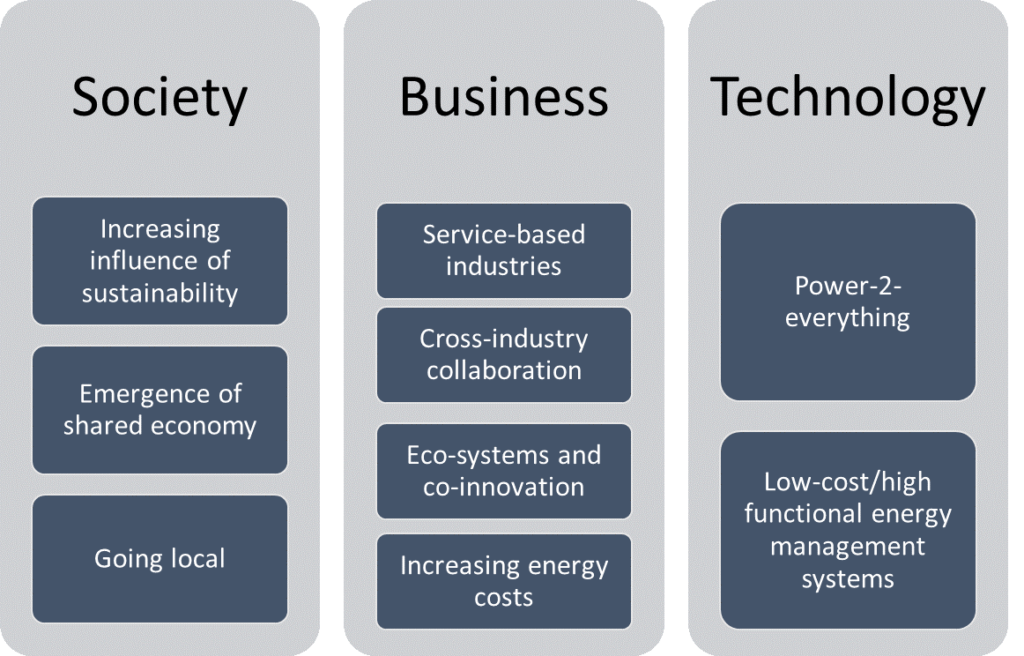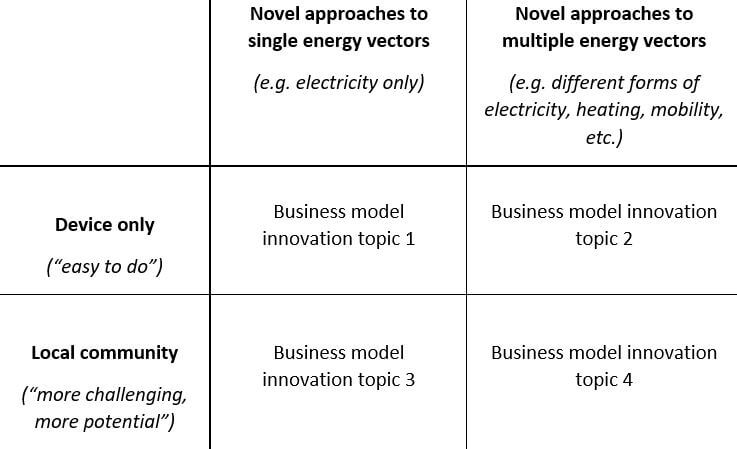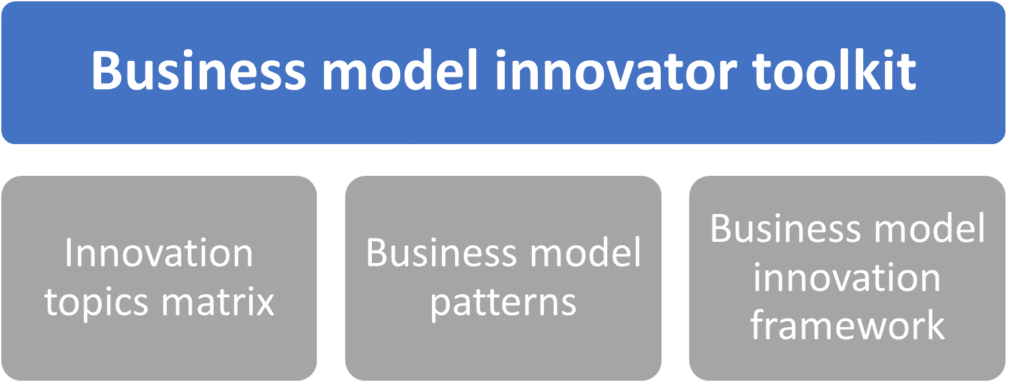Market development towards sector coupled energy system
During the first year of the E-LAND project, Work Package 7 focused on setting a foundation for creating the business model innovator toolkit and draft business models for the pilots. In Deliverable 7.1, important work has been presented.
“It provides foundation for the exploitation of the E-LAND project and prepares the business-related tools for the E-LAND toolbox,” comments Sanket Puranik, Senior Researcher at Smart Innovation Norway and co-author of Deliverable 7.1 “Market and stakeholder analysis” in the Horizon 2020 E-LAND project.
The deliverable includes the following work:
- A thorough stakeholder analysis was performed to understand identify potential supporters of the outcomes and sources of friction that might arise in the market.
- A market review was conducted which points to important trends to consider before discussing E-LAND specific business model innovation in more detail.
- Based on interviews for each E-LAND pilot site, a first draft of a potential business model is presented.
Key findings
According to Puranik, three key findings were made. The first being the identification of important market trends pertaining to E-LAND tools. The trends that were identified fall into the categories “Society”, “Business” and “Technology”, and are shown in the figure below:

What these market trends imply for the E-LAND business models, according to the authors, can be summarized as follows:
- Trends have an impact on current and future customers (vector integration)
- Impact on the value propositions (hence the products and services) that customers require – focus on sustainability locality
- Impact on the value delivery (ecosystem, co-innovation)
- Prices have a profound impact on the financing and profitability of business models
The second key finding was the identification of four innovation topics, in order to analyse energy-related business models. The four topics are arranged in a 2-by-2 framework shown in the figure below. With this matrix all the business model innovation currently happening in the energy domain can be mapped.

The third key finding presents crucial stakeholders targeted to closely engage in the project. They are energy communities, microgrid operators, facility operators, ESCOs, utilities (district heating, gas, electricity), municipalities, regulators and storage providers.
What is next?
The ultimate goal of Work Package 7, which is a close collaboration between partners Smart Innovation Norway and University of St. Gallen is to create a business model innovator toolkit visualized as follows:

The next step in the E-LAND project is the development of business model patterns and further maturing the business model innovator framework drafted in D7.1.

“This step shall lead to creation of a catalogue comprising 25 business model patterns pertaining to E-LAND,” informs Puranik (photo).
Based on the patterns, the plan is to develop a teaching case study including a seminar concept that proposes how to utilize the E-LAND business model patterns for different stakeholders.
“It is intended to develop the methodology of engaging stakeholders in E-LAND business model innovation through interdependent usage of the E-LAND business model patterns, and by learning how to best design business models by combining E-LAND business model patterns,” explains Puranik.
About E-LAND
- The E-LAND project targets to develop and demonstrate tools for energy systems to overcome the technical, business and societal challenges in ecosystems of isolated, remote or rural areas.
- The 6 M€ Horizon 2020 project involves a total of 12 European participants from Norway, Finland, Spain, Greece, Germany, Switzerland and Romania. In addition, two partners from India are included.
- E-LAND turns the traditionally technically-driven focus upside down and begins the development work by analysing the dynamics of the communities, where the actions are to take place, to assure that the needs of the citizens are addressed, instead of focusing only on the needs of the electricity companies.
- The project intends to deliver a high performance multi-vector toolbox consisting of multiple novel technological, business and community engagement tools competent to support and decarbonise isolated communities.
- The tools will be tested in three regions of Europe and two regions in India after suitable customisation based on the local ecosystem.
Read more: elandh2020.eu

